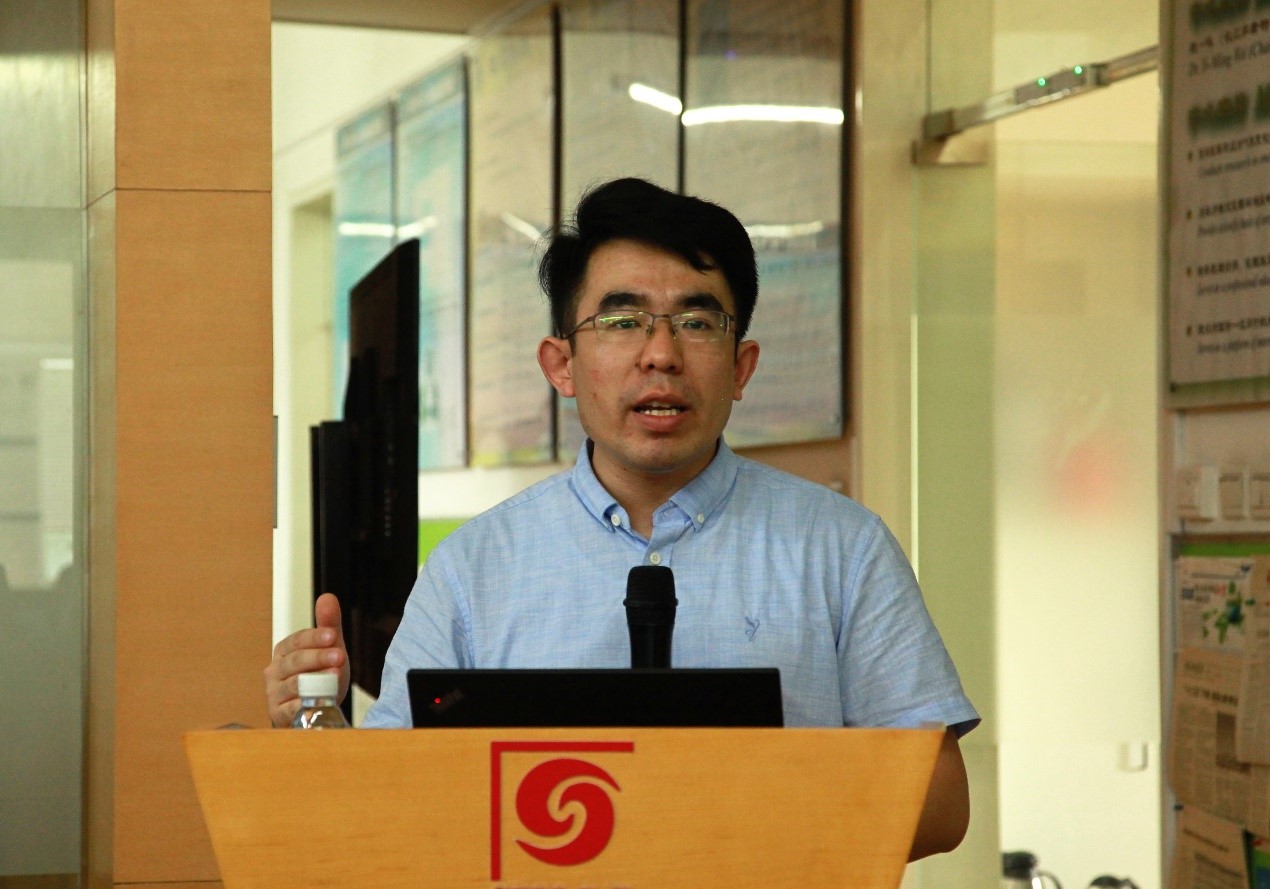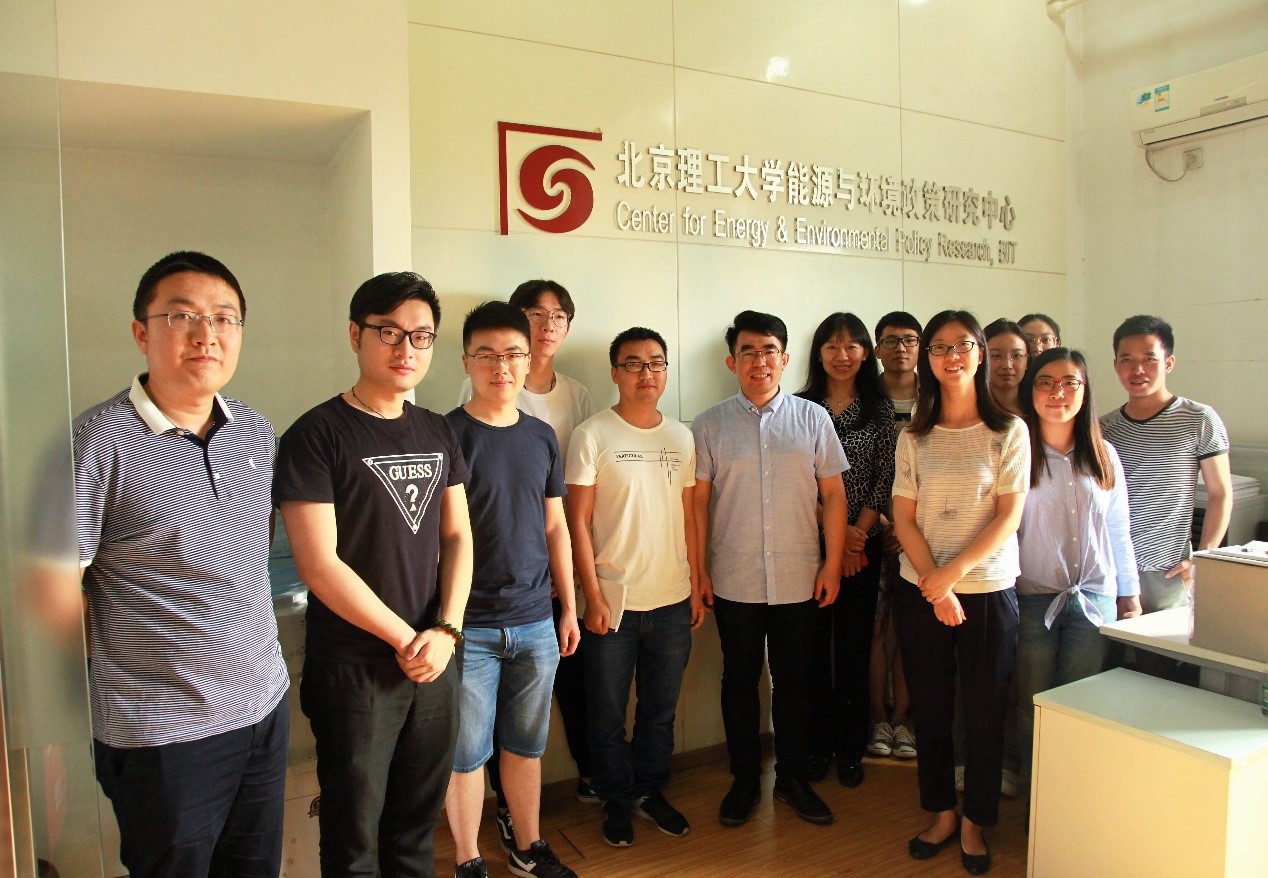
At 15:00 on May 16, 2018, Zhifu MI, lifetime fellow of University College London, UK, was invited to visit CEEP and gave a talk entitled “China’s “exported carbon” peak: patterns, drivers and implications”. The report was hosted by Prof. Biying YU, many teachers and students attended the report.

Dr. Zhifu MI, lifetime fellow at the Bartlett School of Construction and Project Management at University College London, UK, and associate editor of the Journal of Cleaner Production (IF 5.715). He holds a bachelor degree in mathematics from Shandong University, a doctoral degree in the School of Management and Economics from Beijing Institute of Technology, and a postdoctoral fellow in the School of International Development at the University of East Anglia, UK. His research field is climate change economics, energy policy and input-output analysis. In the past five years, he has published more than 20 SCI/SSCI papers in Science Advances, Nature Communications and other journals, including 3 ESI hotspot papers and 6 ESI high-cited papers. He won the Chinese Economics Outstanding Doctoral Dissertation Award, Applied Energy High cited the original paper award, and the Environmental Research Letters Best Young Scholar Paper Award. He has been invited by Oxford University Press to write a review article on the climate change integrated assessment model. He has been invited to participate in many UN conferences (UN Conference on Sustainable Development, Brazil, 2012; UN Climate Change Negotiation Conference, Peru, 2014; UN Climate Change Negotiation Conference, Morocco, 2016). In addition, he also served as guest editor of Applied Energy (SCI), Mathematics and Computers in Simulation (SCI), and Structural Change and Economic Dynamics (SSCI).
In today's report, Dr. Zhifu MI mainly introduced the driving forces of Chinese export-embodied carbon emissions in the new normal phase, based on environmentally extended multiregional input-output (MRIO) model and structural decomposition analysis (SDA). They find that Chinese export-embodied CO2 emissions peaked in 2008 at a level of 1,657 million tonnes. The subsequent decline in CO2 emissions was mainly due to the changing structure of Chinese production. The peak in Chinese export-embodied emissions is encouraging from the perspective of global climate change mitigation, as it implies downward pressure on global CO2 emissions. However, more attention should focus on ensuring that countries that may partly replace China as major production bases increase their exports using low-carbon inputs.After the report, Dr. Zhifu MI took the picture with teachers and students at CEEP together.
